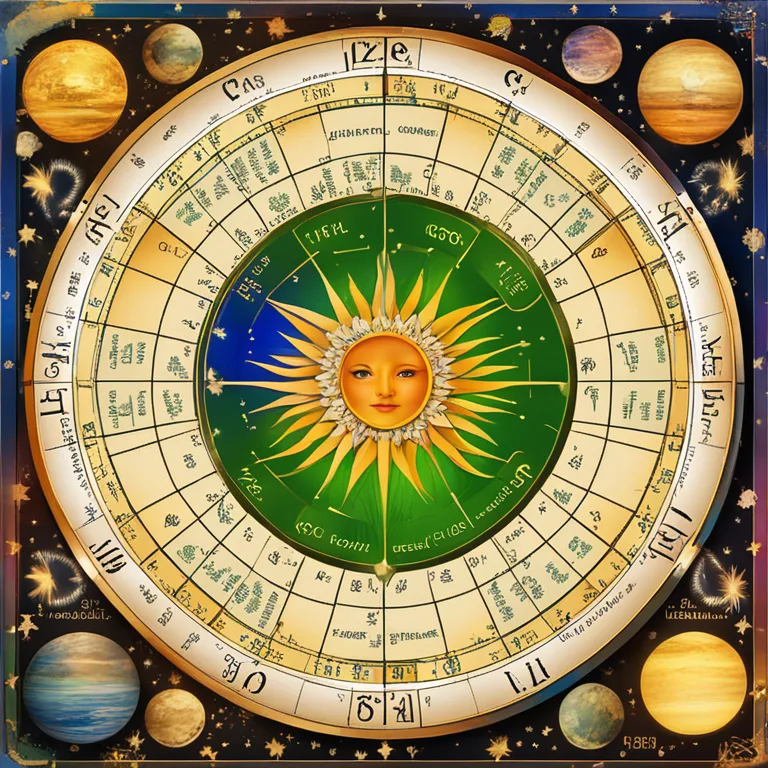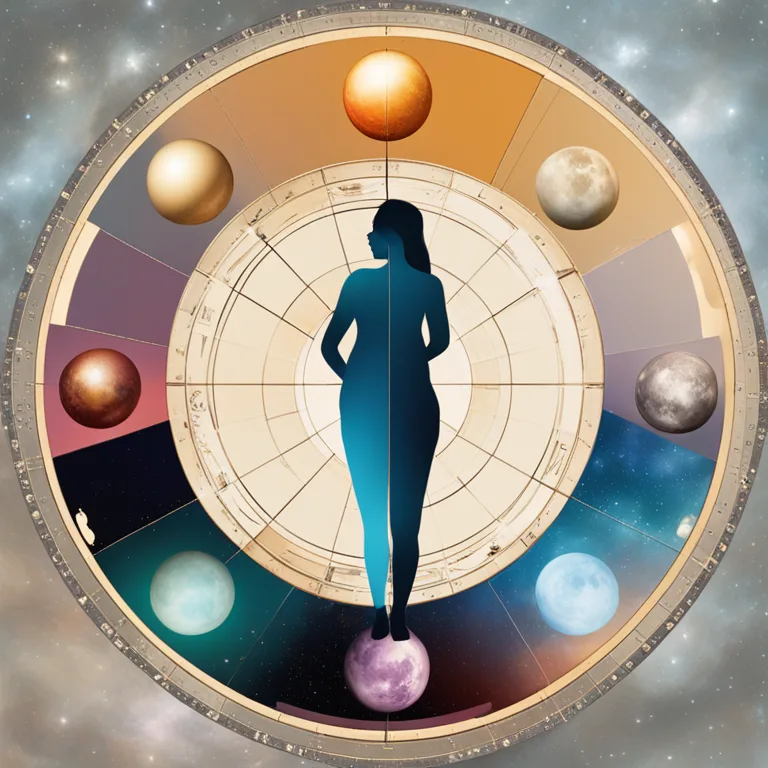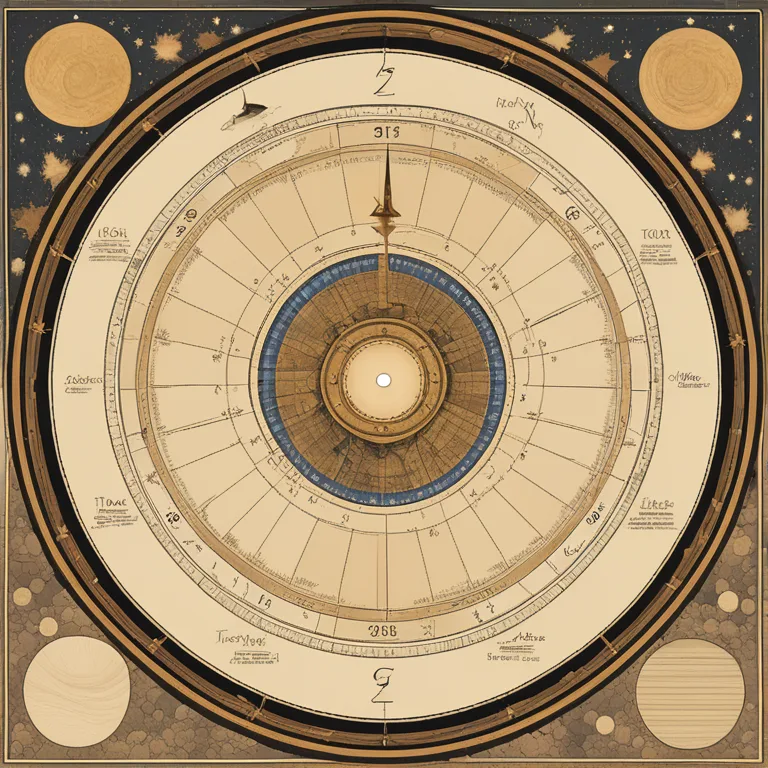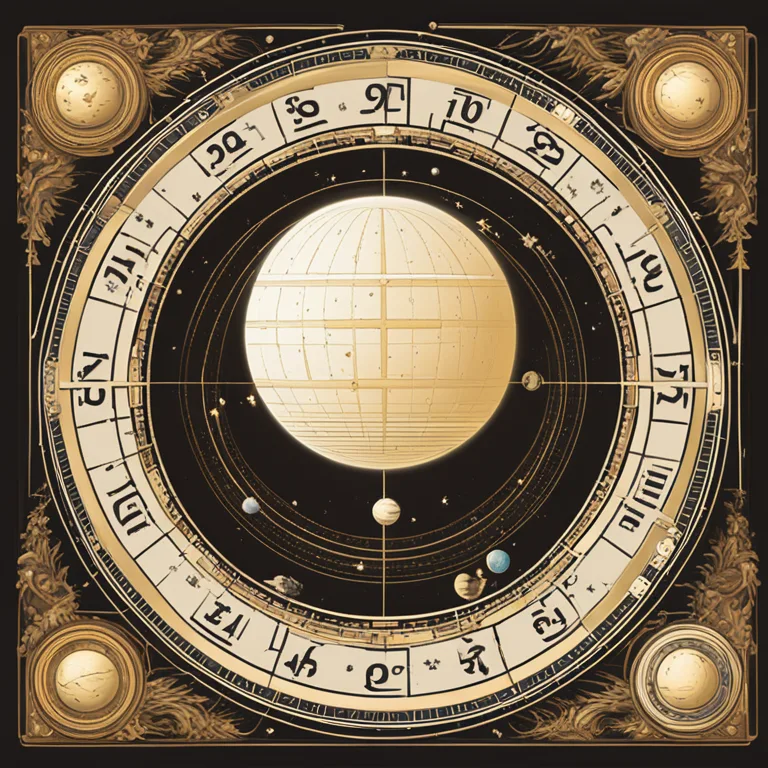
Pregnancy Prospects in Your Birth Chart
Delving into the birth chart for insights on fertility and timing of pregnancy in astrological prediction.
article by Priya Deshmukh
The Astrological Approach to Pregnancy Prediction
Astrology has fascinated individuals for centuries, offering insights into various aspects of life, including fertility and pregnancy. A birth chart, an astronomical snapshot of the stars at one's birth, serves as a celestial roadmap to understanding potential life outcomes, including the prospect of parenthood. As we step into 2024, astrological wisdom continues to evolve, providing expectant individuals with nuanced interpretations of planetary alignments that might indicate the possibility of expanding their families.

Identifying Fertility Clues in the Natal Chart
For those seeking guidance on pregnancy, certain astrological markers have historically been associated with fertility. The fifth house in a birth chart, ruled by the sun and traditionally linked to Leo, signifies creation and childbearing. Planetary placements, especially of the benefic planets Venus and Jupiter, in this sector can suggest favorable conditions. Additionally, the moon, reflecting maternal energies, and its relationship with fertility symbols, such as the asteroid Ceres, offer further evidence of reproductive potential.

The Transits Affecting Your Fertility Journey
Beyond one's natal chart, transits—the movement of planets at present or in future times—and their interactions with natal placements are pivotal in timing pregnancy. Jupiter's transit, particularly through the fifth or seventh houses, the latter associated with partnerships, often coincides with opportunities to conceive. Saturn, the planet of structure, may also play a role, sanctioning the responsibilities that come with parenthood when positively aspecting fertility indicators.

Progressions and Their Role in Pregnancy Projections
Secondary progressions, an advanced technique where each day after birth corresponds to a year of life, help refine pregnancy predictions. When one’s progressed moon enters the fifth house or aligns with natal or transiting planets tied to progeny, the likelihood of conception increases. Moreover, returning to the natal lunar phase, a cycle completing approximately every 29.5 years, may mark crucial reproductive milestones.

Lunar Cycles and Their Connection to Childbearing
The moon's cycle is intrinsically linked to the natural rhythms of the body, including reproduction. Observing the new moon and full moon cycles alongside the woman's menstrual cycle can uncover optimal times for conception. In astrology, planning intercourse around the time when the transiting moon conjuncts one's own natal moon (a lunar return) can be advantageous for those aiming to conceive.
Eclipses: Portents of Life Changes Including Pregnancy
Eclipses, both solar and lunar, are renowned for heralding significant life shifts and can activate parts of your birth chart associated with childbirth. If an eclipse falls near the degrees of your fifth house cusp, or makes a strong aspect to your natal planets within the fertility houses, it may open a door to potential pregnancy, marking a profound step on the journey of starting or growing a family.
The Ethical Note on Astrological Pregnancy Predictions
While astrology provides a fascinating framework for potential pregnancy timelines, it's crucial to approach such predictions with ethical consideration. Astrological insight should serve to empower and guide, rather than deterministically label one's reproductive prospects. Individuals are encouraged to embrace astrology as a supportive tool alongside medical advice and personal choice.
Published: 12/27/2023
Modified: 12/27/2023
More predictions
Come back here soon to learn more about yourself and your future


Can Your Birth Chart Reveal Fertility Changes?
Discover how astrology may influence fertility and pregnancy predictions through the insights of a birth chart.


Your Birth Chart Immutable: Myth or Reality?
Explore the permanence of your astrological birth chart and whether it's set for life or subject to change.


Your Birth Chart’s Tale: Forecasting Life’s Path
Peer into the celestial narrative of your birth chart to glean insights and forecasts for your journey ahead.